Research
Experience Research
Nature Nights
Learn about plants and animals of Central Texas at the Lady Bird Johnson Wildflower Center.
Paleo Lab
Visit a working lab at the Texas Memorial Museum. Interact with researchers. Ask questions.
Recovery Act
The University of Texas at Austin has received $129 million for research through the American Recovery and Reinvestment Act of 2009. Research investment includes major pieces of instrumentation, investigations in health, energy, infrastructure and other areas, and expanding supercomputing capabilties.
Read more about the university's research through federal economic Recovery Act funds.
Research Facts
 $1.1 billion was awarded in sponsored research over the past two years.
$1.1 billion was awarded in sponsored research over the past two years.
$40 million over the past two years in revenue from the licensing of university technology.
The university runs one of the world's fastest supercomputers and one of the most powerful lasers.
 Texas researchers were quickly on-site after the Haiti earthquake and Deepwater Horizon oil spill.
Texas researchers were quickly on-site after the Haiti earthquake and Deepwater Horizon oil spill.
About 800 patents have been awarded to the university.
 The university's 17 libraries hold more than nine million volumes.
The university's 17 libraries hold more than nine million volumes.
The Harry Ransom Center displays a Gutenberg bible and the world's first photo.
Quetzalcoatlus, the largest flying creature ever discovered, was found by a university student. A replica is on display at the Texas Memorial Museum.
Research news from The University of Texas at Austin and other leading universities.
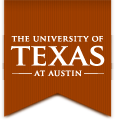
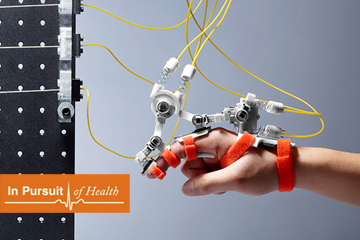
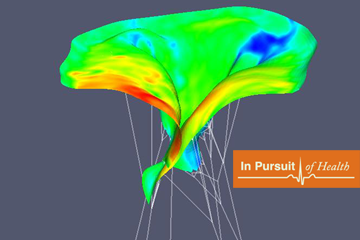

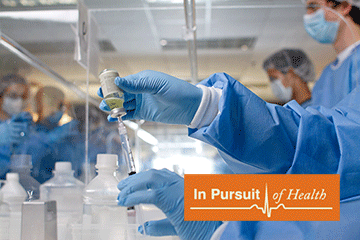
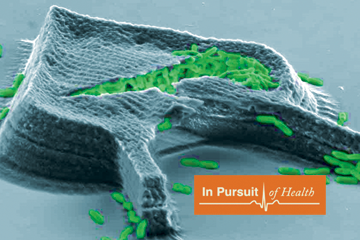




.png)

